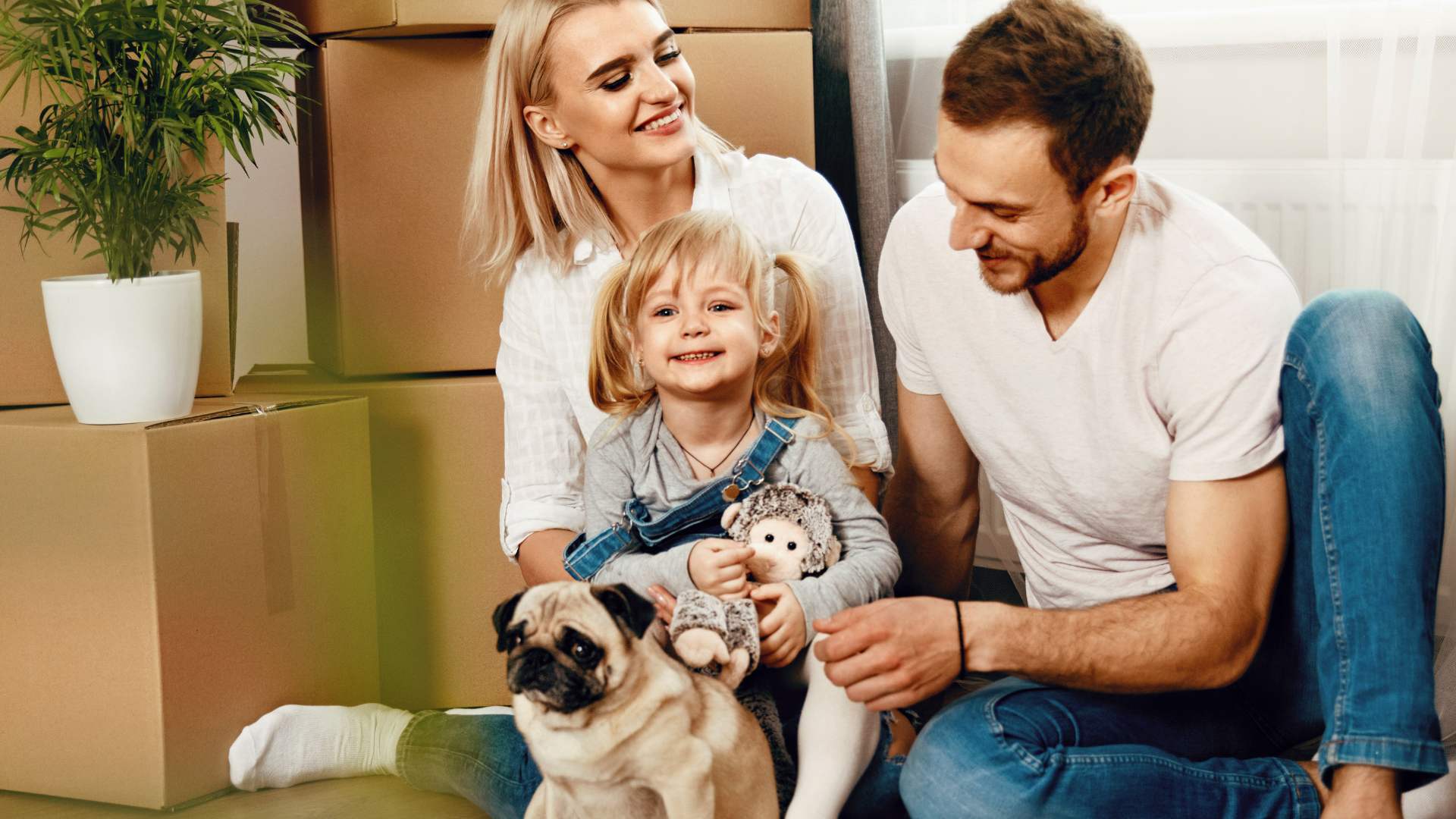Pets, much like people, can find the change in the environment stressful. However, with some careful planning and consideration, you can make the transition smoother for your four-legged friends. Here are some tips to help your pets acclimate to their new home:
1. Create a Safe Haven:
- Set up a quiet and comfortable space for your pet in the new home. This can be a designated room with their bed, toys, and familiar items.
- Allow your pet to explore the rest of the house gradually, starting from their safe haven.
2. Maintain a Familiar Routine:
- Stick to your pet’s usual feeding and walking schedule as closely as possible. Familiar routines provide a sense of security and normalcy.
- Consistency in daily activities helps your pet feel more at ease in the new environment.
3. Bring Familiar Items:
- Bring your pet’s favorite toys, blankets, and bedding from the old home. Familiar scents will provide comfort and reassurance during the adjustment period.
- Surrounding them with items they know and love can make the new space feel more like home.
4. Explore the New Home Together:
- Spend time exploring the new home with your pet. Encourage them to investigate different rooms, corners, and outdoor spaces.
- Offer positive reinforcement, treats, and praise when they show curiosity and confidence in exploring.
5. Be Patient and Understanding:
- Understand that it may take time for your pet to feel completely comfortable in the new surroundings.
- Be patient and provide reassurance through gentle petting, soothing words, and spending quality time with them.
6. Gradual Introductions:
- If you have multiple pets, introduce them to the new home one at a time. This can help prevent overwhelming interactions and potential conflicts.
- Monitor their behavior closely and intervene if any stress-related issues arise.
7. Secure the Environment:
- Pet-proof your new home by removing any potential hazards. Ensure that windows are secure, toxic plants are out of reach, and electrical cords are safely tucked away.
- A secure environment will prevent accidents and injuries as your pet explores their new surroundings.
8. Recreate a Sense of Normalcy:
- Set up your pet’s feeding and water bowls in a similar layout to their old home. Recreating a familiar setup can provide comfort and routine.
- Place their litter box or designate a specific area for potty breaks for consistency.
9. Socialize with Neighbors and Pets:
- Introduce your pet to the neighbors and their pets if possible. Positive interactions with new friends can help your pet feel more connected to the community.
- Organize short playdates or walks with friendly neighbors and their pets.
10. Maintain Veterinary Care:
- Schedule a visit to the local vet to ensure your pet’s health in their new location. Update their records and discuss any specific concerns related to the move.
- Keep up with regular vaccinations, flea, and tick prevention to maintain their overall well-being.
11. Establish New Routines:
- While maintaining some elements of the old routine, establish new rituals in the new home. This could include new walking routes, playtime activities, or designated cuddle spots.
- Creating new positive associations will help your pet build a connection to their new environment.
12. Use Calming Products:
- Consider using pheromone diffusers or calming collars to help ease anxiety. These products emit synthetic pheromones that mimic those produced by mother dogs or cats, promoting a sense of security.
13. Monitor Behavior:
- Pay close attention to your pet’s behavior during the acclimation period. Look for signs of stress, anxiety, or health issues.
- If you notice any concerning behavior, consult with your vet for guidance on addressing your pet’s needs.
14. Provide Mental Stimulation:
- Keep your pet mentally stimulated with interactive toys and puzzle feeders. This helps prevent boredom and encourages a positive association with their new home.
- Mental stimulation can also help distract them from any stress they may be experiencing.
15. Stay Positive and Reassuring:
- Shower your pet with positive reinforcement and reassuring gestures. Offer treats, praise, and affection when they exhibit confident or relaxed behavior.
- Your positive energy will reassure your pet that the new home is a safe and loving environment.
Moving with pets requires patience, understanding, and a thoughtful approach to their well-being. By creating a safe and familiar space, maintaining routines, and providing reassurance, you can help your pets acclimate to their new home with less stress. Each pet is unique, so tailor these tips to fit their individual needs and personalities, ensuring a positive transition for your entire furry family.


.svg)


